Introduction
Vinyl records have been an iconic medium for recorded music for decades. Their distinct sound quality and unique physical medium have made them a cherished item for music lovers.
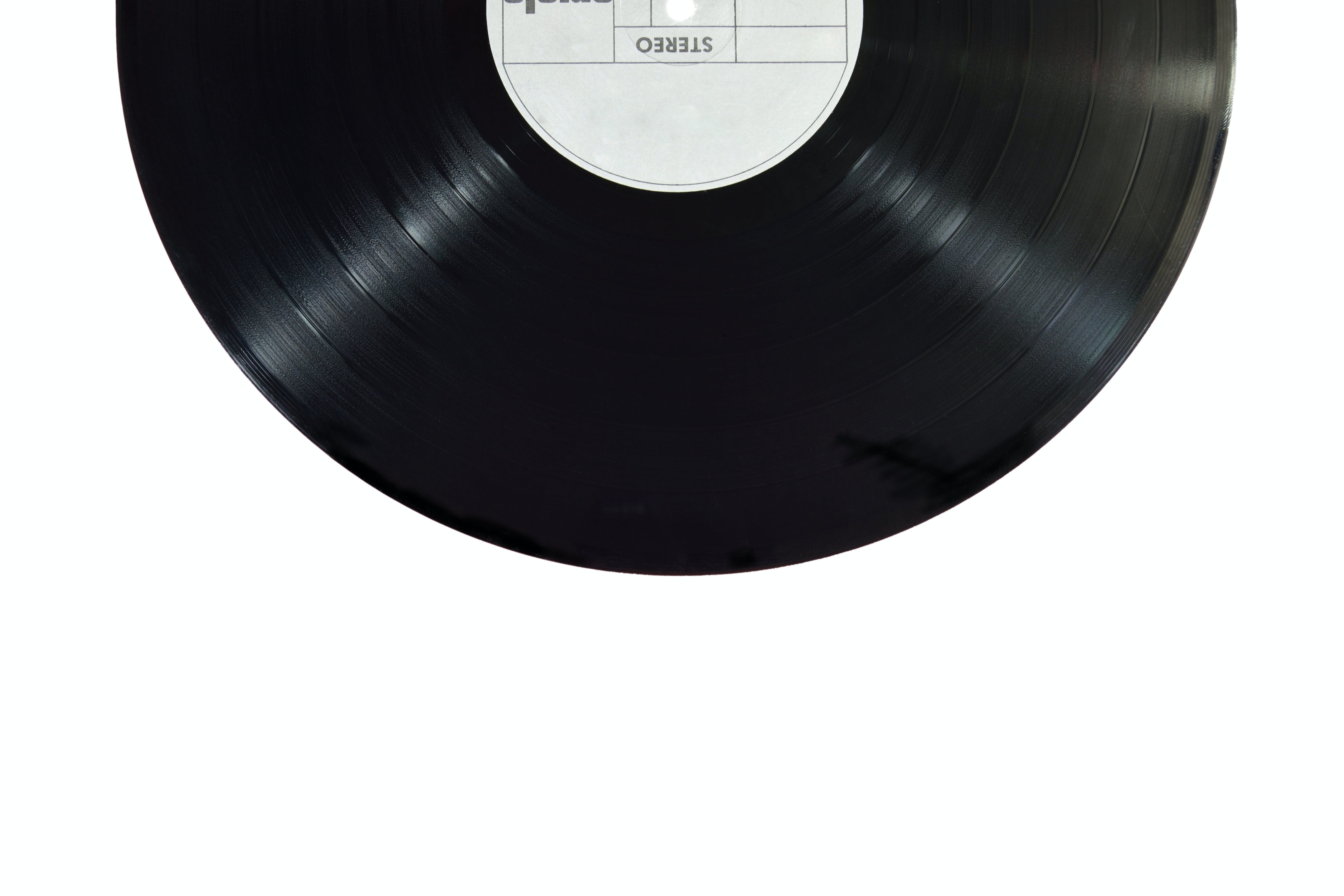
This article will take you on a journey to understand how are vinyl records made, delving into each step of the vinyl manufacturing process.
The History of Vinyl Records
Vinyl records have a rich and storied history that has intertwined with the evolution of music itself. They were first introduced in the late 19th century as an alternative to phonograph cylinders, which were the original medium for recorded sound. However, it wasn't until the mid-20th century that vinyl records became the primary medium for recording and distributing music.
The golden age of vinyl records spanned from the 1950s to the late 1970s. During this period, improvements in technology allowed for the production of 33 1/3 RPM LP (Long Play) records, which could hold more music than their predecessors. This led to an explosion of creativity and variety in music, with artists releasing full-length albums that often revolved around a central theme or concept. From rock and roll to jazz, blues, and soul, vinyl records were at the heart of music culture.
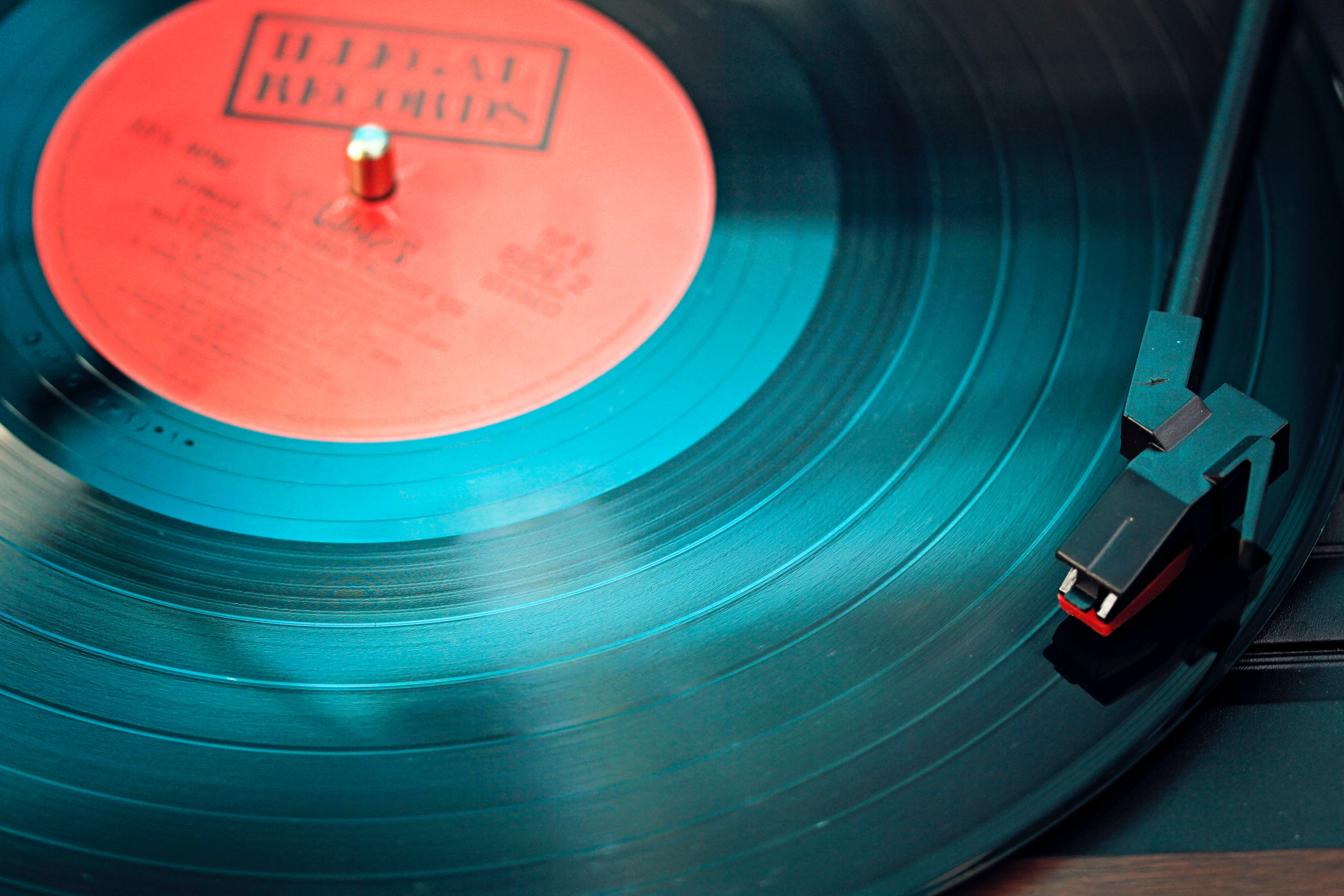
However, the advent of digital technology in the 1980s marked a turning point for vinyl records. Compact discs (CDs) offered a new format that was smaller, more durable, and boasted a higher sound quality. The convenience of CDs and later, digital downloads and streaming services, led to a decline in the popularity of vinyl. By the early 2000s, vinyl records were largely seen as a niche market, catering primarily to DJs and hardcore music enthusiasts.
But the story of vinyl didn't end there. In recent years, vinyl records have experienced a surprising resurgence in popularity. This revival has been driven by a combination of factors. Many music lovers have begun to appreciate the unique audio qualities of vinyl, describing its sound as warmer and more authentic than digital recordings. Others are drawn to the physicality of vinyl records - the large artwork, the tactile act of placing the needle on the record, and the ritual of listening to an album in full, without the distraction of shuffle mode or push notifications.
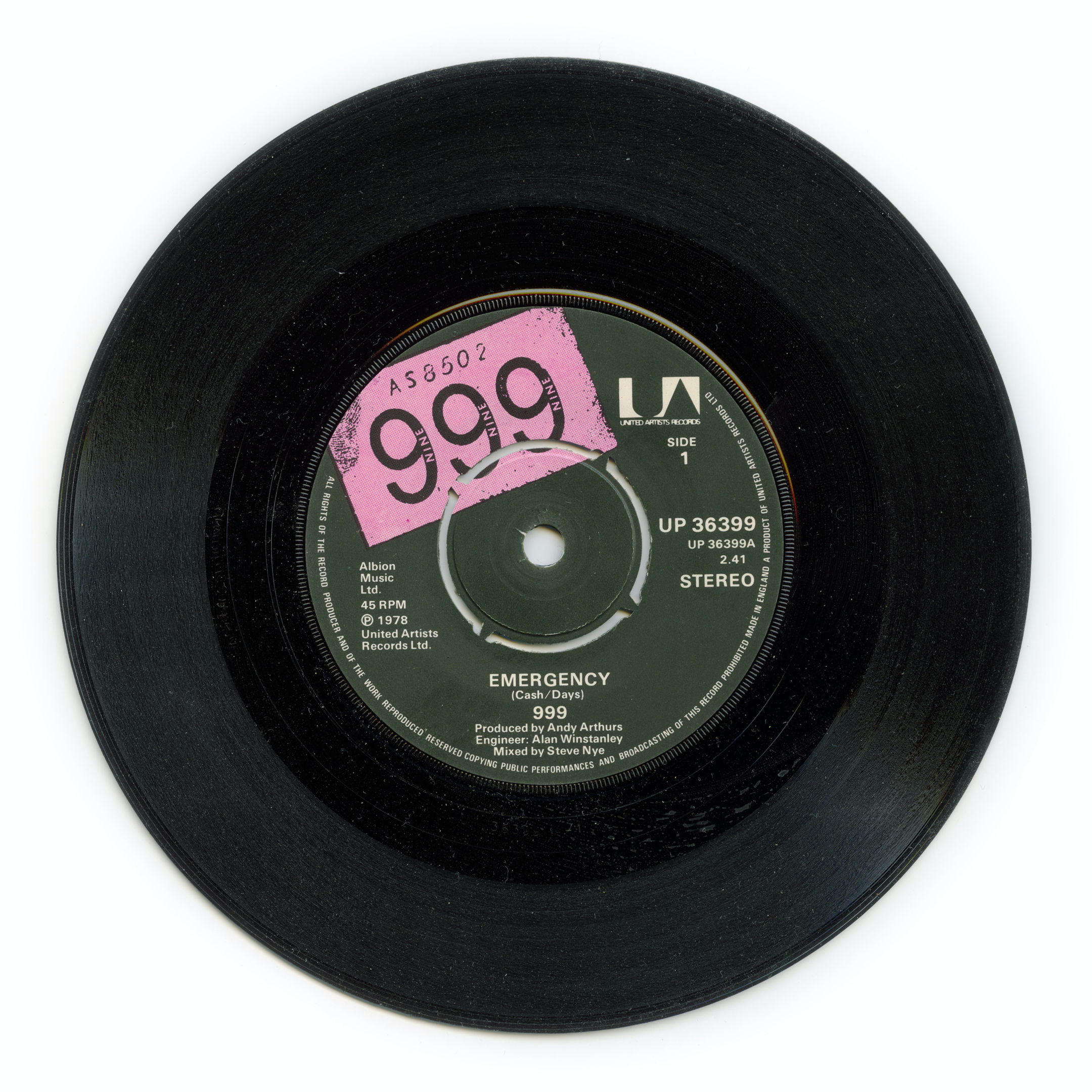
This renewed interest in vinyl has led to a boom in the industry. Record stores have seen a revival and vinyl sales have soared, outpacing digital downloads in some markets. New artists are releasing their music on vinyl, while classic albums are being reissued for new generations to discover. Today, vinyl is no longer just a relic of the past, but a vibrant and growing part of our musical landscape.
What are Vinyl Records?
At their core, vinyl records are a marvel of simplicity and ingenuity. They are essentially flat discs made from polyvinyl chloride (PVC), a type of plastic that is both durable and flexible. The process of creating these records involves pressing the PVC into a disc shape with a series of meticulously crafted grooves.
These grooves are not random; they hold the key to the music stored on the record. During the record-making process, the sound waves of the recorded music are carefully etched into these grooves in a continuous spiral, starting from the outer edge and moving towards the center of the disc. This is done using a cutting lathe, a machine that translates the music's sound waves into mechanical energy, which then carves the grooves into the master disc.
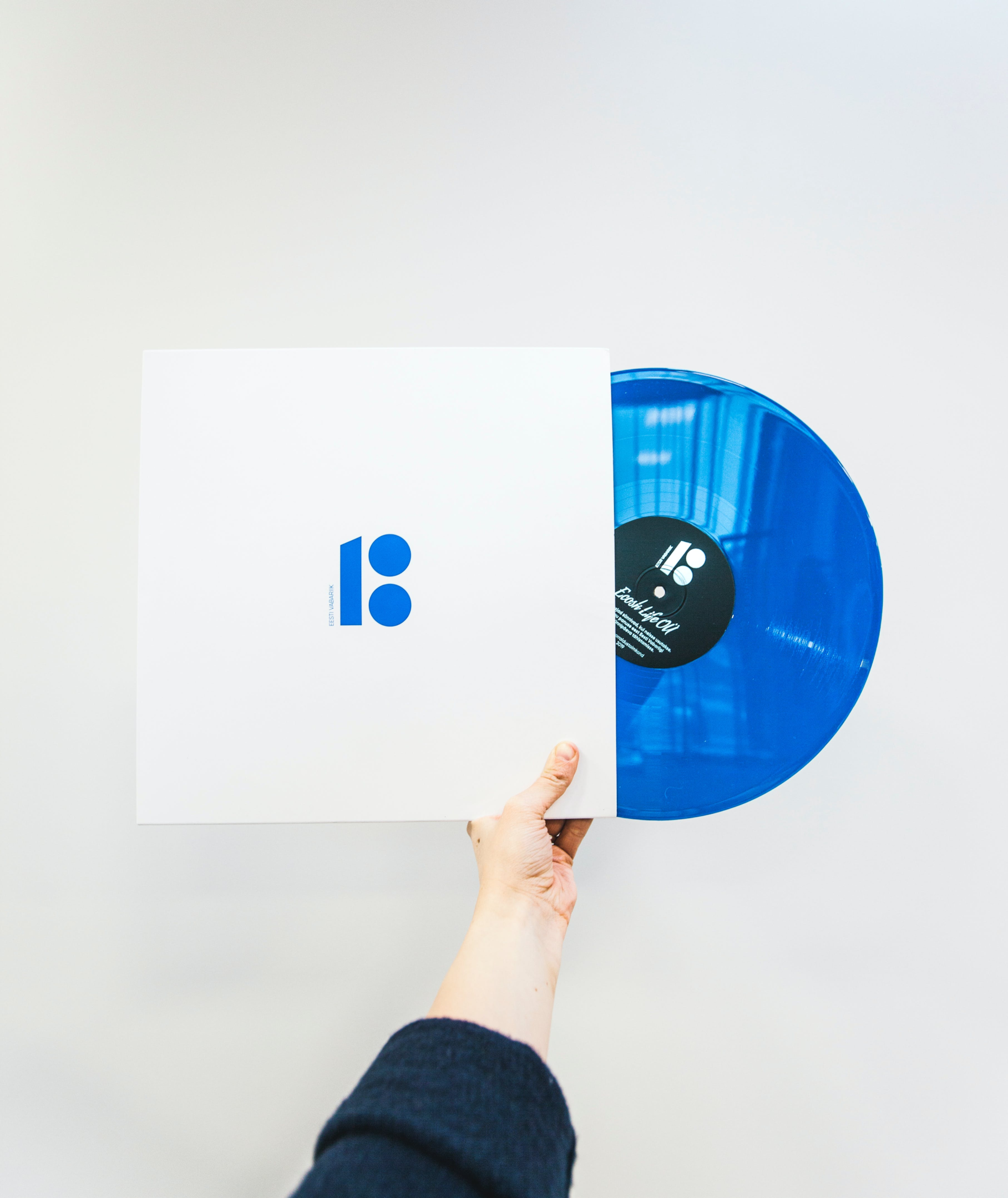
Each groove is a physical representation of the music's sound waves. When viewed under a microscope, you can see a complex pattern of hills and valleys within each groove. These patterns correspond to the frequencies and amplitudes of the different sounds in the music. Lower frequencies create wider, shallower grooves, while higher frequencies result in narrower, deeper grooves.
To play the music, a needle, or stylus, is placed at the beginning of the grooves. As the record spins, the stylus moves along the grooves, tracing the pattern of hills and valleys. This movement vibrates the stylus, and these vibrations are then converted back into electrical signals by the cartridge of the record player. These electrical signals are amplified and sent to the speakers, recreating the original sound.
The beauty of vinyl records lies in this physicality. Unlike digital recordings, which represent music as a series of 0s and 1s, vinyl records store music in a tangible, physical form. Each record is a unique artifact, a piece of art that holds a snapshot of sound in its grooves. This is one of the reasons why vinyl records continue to captivate music lovers around the world, offering a listening experience that is as tactile and textured as it is auditory.
The Anatomy of a Vinyl Record
A vinyl record consists of several parts: the center label, the grooves, and the edge. The center label contains information about the record label and the recording.
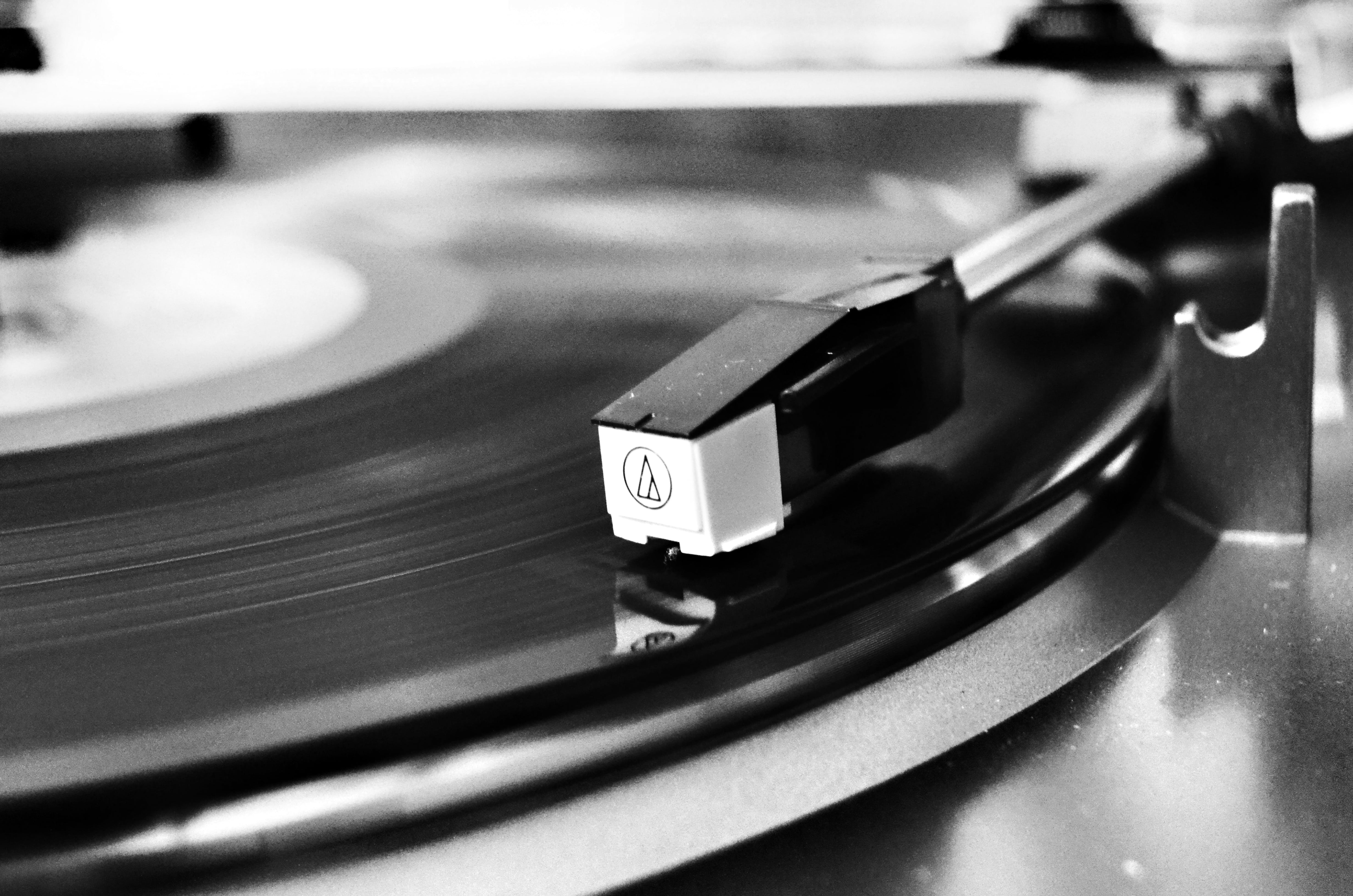
The grooves are where the sound is stored, and the edge makes it easier to handle the record without damaging the grooves.
How are Vinyl Records Made: An Overview
The process of making vinyl records involves several steps: creating a master disc, creating a metal stamper, pressing the vinyl, and packaging. Each step requires precision and care to ensure the best sound quality.
Step 1: The Master Disc
The creation of a vinyl record begins with a master disc. A mastering engineer uses a cutting lathe to cut the sound waves of the recorded music into a lacquer-coated aluminum disc. This process, known as direct metal mastering, produces a master disc that serves as the template for all subsequent copies.
Step 2: From Master Disc to Mother Disc
The master disc is then used to create a mother disc. This involves coating the master disc in liquid silver and then immersing it in a nickel bath. An electrical charge is applied, causing a metal layer to form on the disc. The excess metal is removed, leaving a perfect replica of the master disc.
Step 3: Creating the Stamper
The mother disc undergoes an electroplating process to create a metal stamper. This stamper is a mirror image of the original recording and is used to press the grooves into the vinyl records.
Step 4: Pressing the Vinyl Record
In the pressing process, a ball of heated PVC, known as a vinyl biscuit, is placed between two stampers. As the machine applies pressure, the grooves from the stamper are pressed into the vinyl. After the excess vinyl is trimmed off, the record is cooled and inspected.
Digital Recording vs Vinyl Records
While digital recording has its advantages, such as higher sampling rate and larger dynamic range, vinyl records offer a warmth and depth of sound that cannot be duplicated digitally.
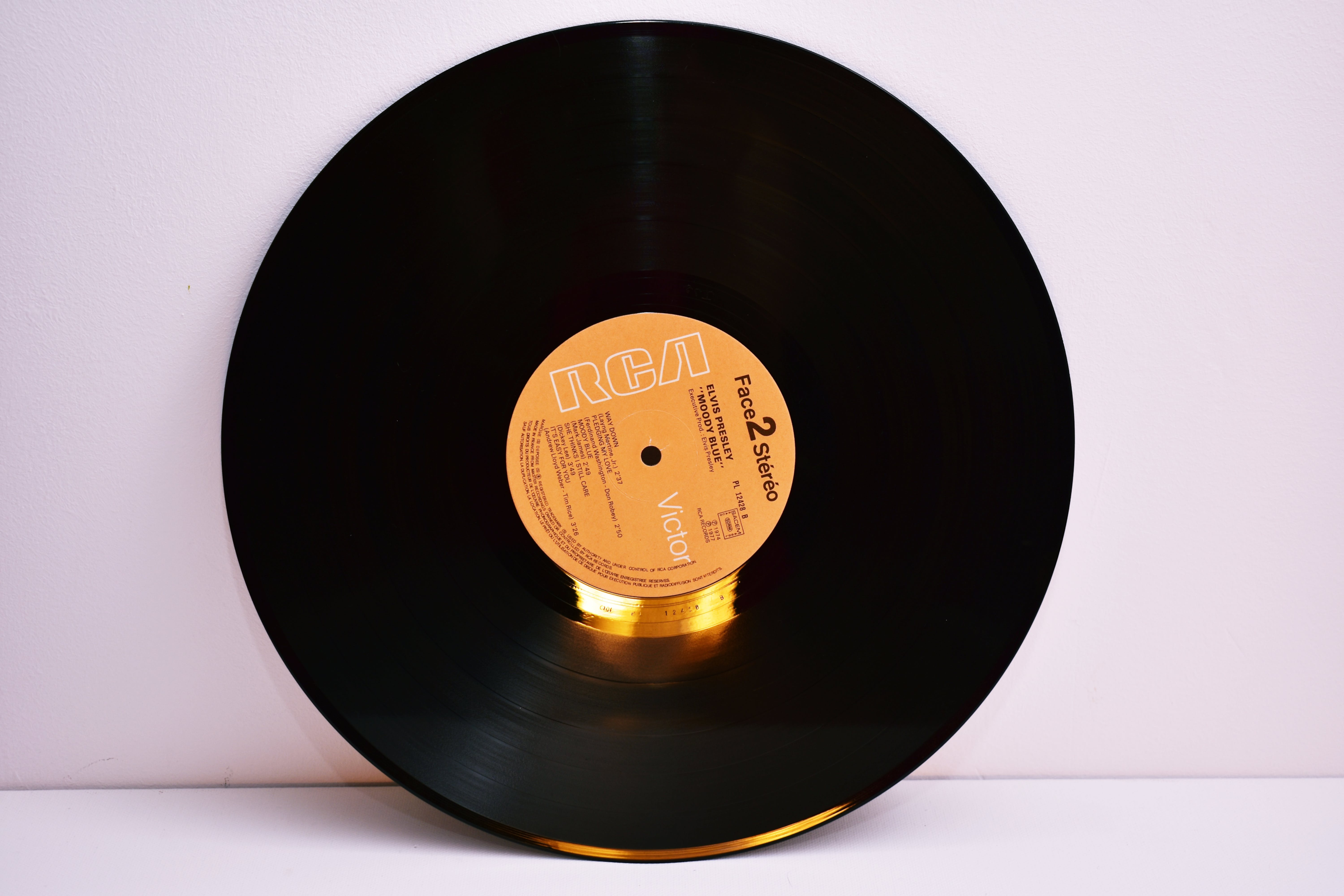
Moreover, many music fans appreciate the physicality of vinyl records – the act of placing the needle on the record, the album covers, and even the occasional crackle and pop.
The Revival of Vinyl Records
Despite the convenience of digital recordings, vinyl records have seen a resurgence in popularity. Record stores are once again thriving, and new vinyl pressing plants are opening up.
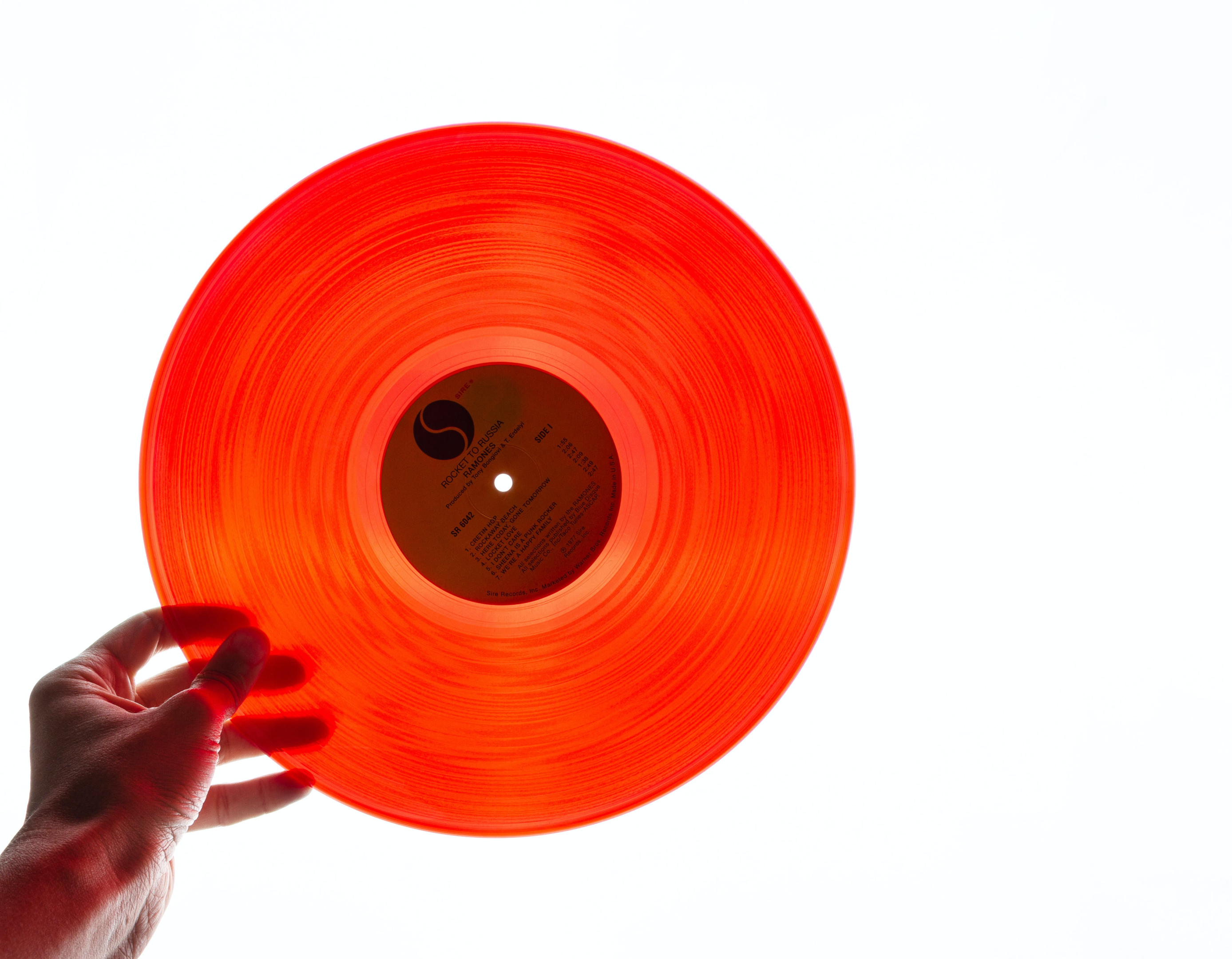
The tactile experience of holding a record, combined with the superior sound quality, makes vinyl a beloved format for listening enjoyment.
Also check out: Curious about the resurgence of vinyl and the people behind it? Dive into the world of modern record collectors with our article on Discovering the Modern-Day Vinyl Enthusiast.
Why Vinyl Records Matter
Vinyl records are more than just a medium for music; they are a piece of history, a tangible connection to the past. They represent a time when music was a physical experience, something you could hold in your hands.
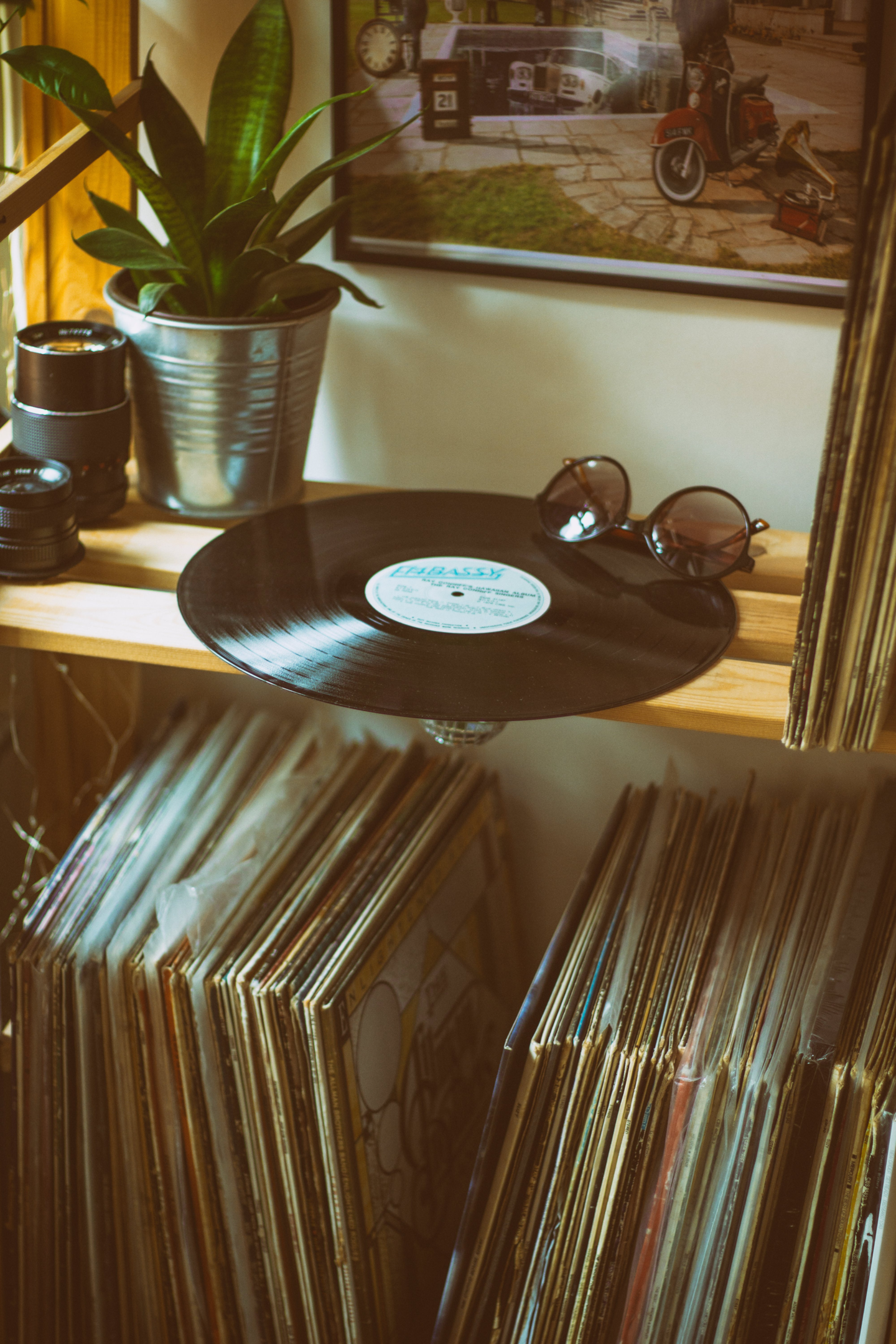
In an increasingly digital world, the tangible nature of vinyl records offers a unique listening experience.
Also check out: Want to make your vinyl records last longer? Check out our comprehensive guide on Understanding the Vinyl Record's Lifespan and How to Extend It for expert tips and advice.
Conclusion
From the mastering process to the final step of shrink wrapping the finished product, the creation of vinyl records is a fascinating blend of art and science. As we continue to appreciate music in all its forms, the vinyl record remains an enduring symbol of our shared love for sound.
